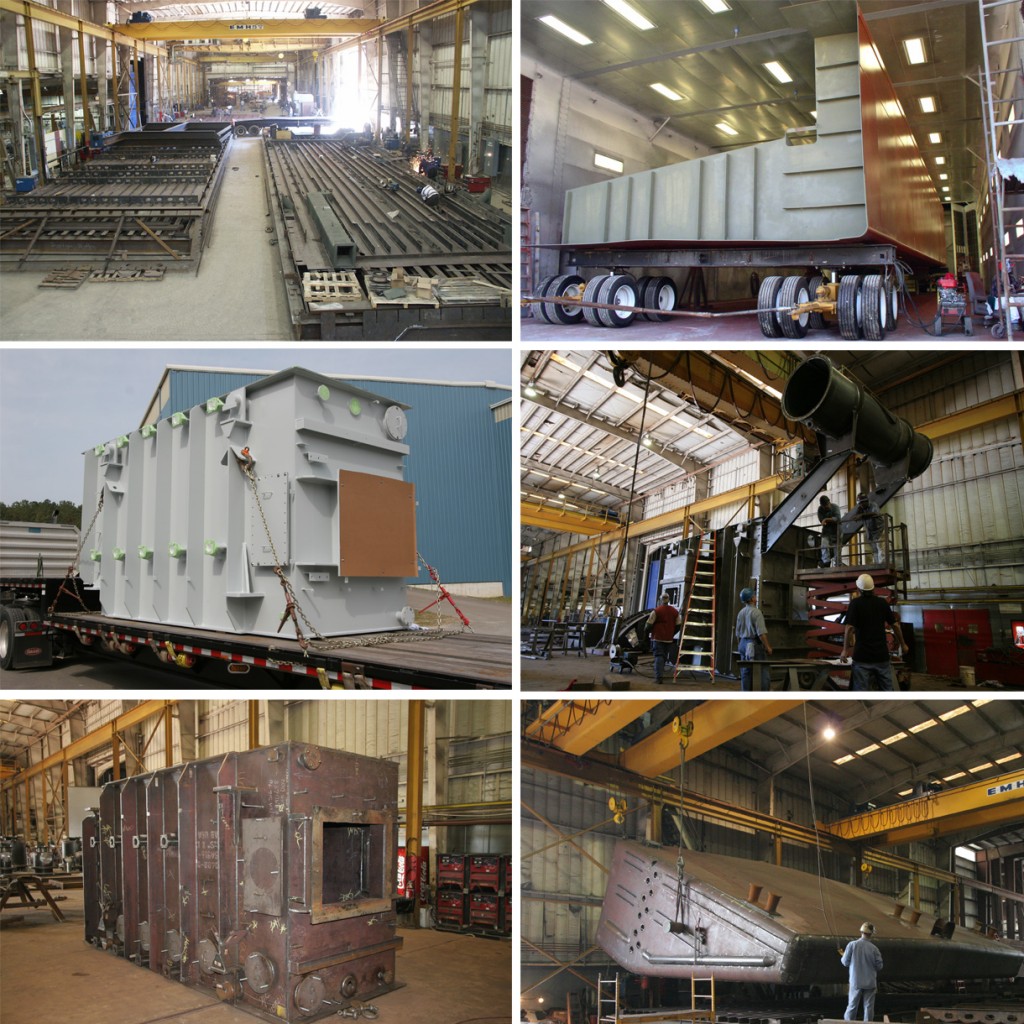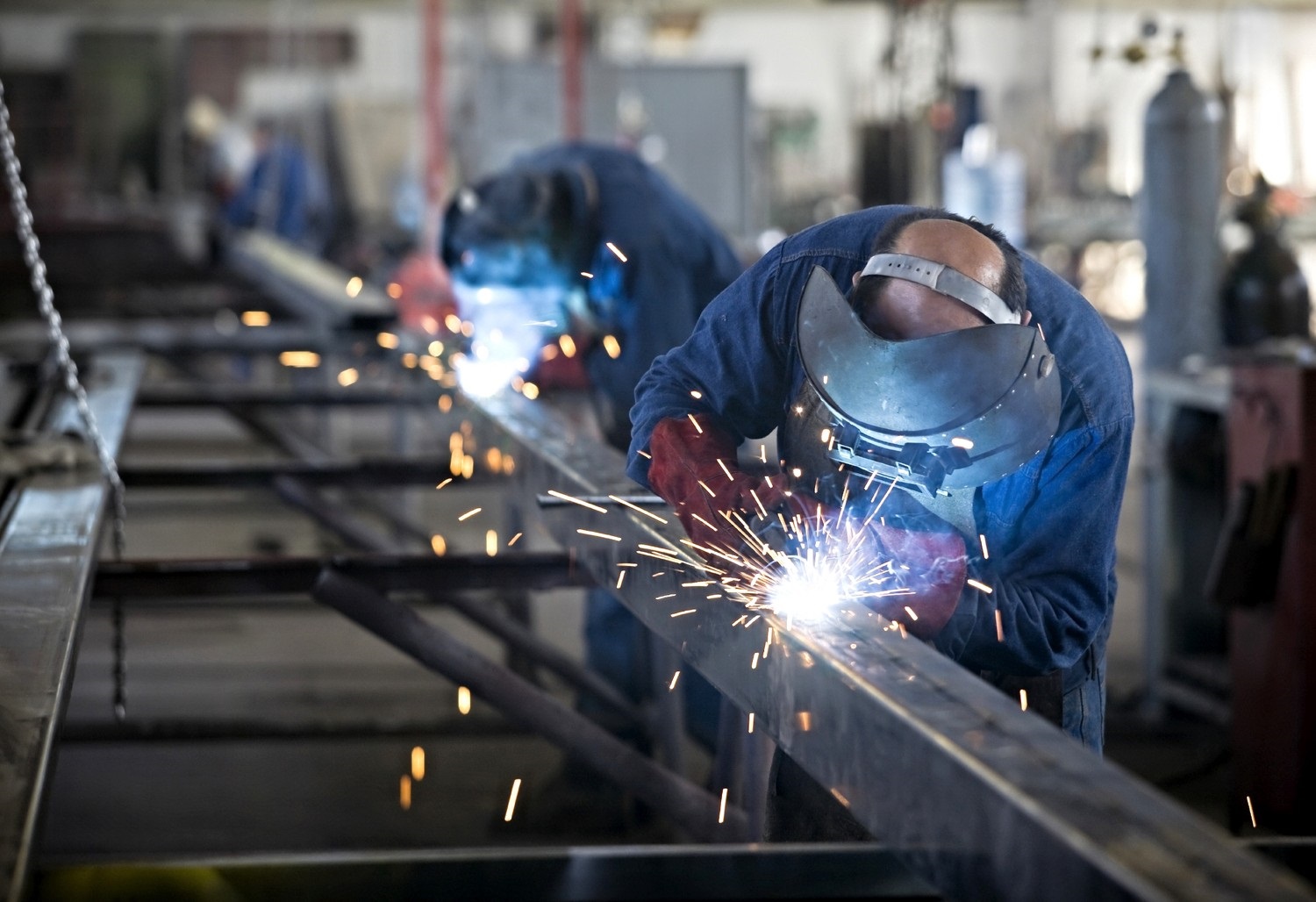Specialist Steel Fabricators Melbourne: High Quality You Can Count On
Specialist Steel Fabricators Melbourne: High Quality You Can Count On
Blog Article
Innovative Fads in Steel Fabrication: Enhancing Sturdiness and Accuracy
In the realm of steel manufacture, the quest of sturdiness and precision has caused a wave of ingenious trends that are improving the industry. From innovations in welding technologies to the combination of robotic automation in manufacture processes, the landscape of steel manufacturing is progressing rapidly. High-strength alloy growth, combined with the application of 3D modeling and simulation software application, is pressing the boundaries of what is possible in terms of architectural integrity and accuracy. The expanding focus on lasting practices in steel production is not just driving efficiency however also promoting an extra environmentally mindful approach to fabrication. These fads are not just shaping the here and now yet also laying the foundation for the future of steel fabrication, promising additional improvements in resilience and precision.
Advanced Welding Technologies
In the realm of steel manufacture, the fostering of sophisticated welding innovations has substantially transformed the sector's approach to achieving superior top quality and precision in architectural welds. Advanced welding technologies, such as laser light beam welding and friction mix welding, have actually emerged as game-changers in the area. By leveraging these innovative welding methods, steel fabricators can raise the durability, stamina, and accuracy of their architectural welds, satisfying the progressively requiring requirements of contemporary construction tasks.
Robotic Automation in Construction
Welcoming robotic automation has come to be a foundation of contemporary steel manufacture practices, boosting and simplifying processes performance throughout the sector. Robotics are changing the way steel elements are produced, providing unparalleled precision and rate while minimizing human mistake. These automated systems can take care of recurring jobs with constant precision, resulting in better end products.
One secret benefit of robotic automation in steel fabrication is the capability to function all the time without exhaustion, significantly enhancing production outcome. This constant procedure minimizes downtime and accelerates project timelines, ultimately saving prices for makers. Additionally, robots can be programmed to perform intricate jobs that might be tough or unsafe for human employees, enhancing safety and security in the workplace.
Additionally, robot automation enables smooth integration with other electronic technologies, such as computer-aided style (CAD) software application and Internet of Things (IoT) systems (Alpha reo). This interconnected method improves interaction between different phases of fabrication, enhancing operations and ensuring real-time surveillance and control. As the steel fabrication industry remains to progress, robot automation sticks out as a transformative force driving efficiency and precision in producing procedures

High-Strength Alloy Advancement
The innovation of high-strength alloy growth in steel manufacture is improving the market's technique to enhancing product resilience and efficiency. High-strength alloys are engineered to exhibit premium mechanical buildings, such as increased tensile toughness, durability, and rust resistance compared to conventional steel grades. By including these innovative alloys into fabrication processes, makers can create elements that endure More hints higher anxiety levels and harsh settings, bring about even more resilient and trustworthy output.
One trick advantage of high-strength alloy development is the capability to reduce product read density without endangering structural integrity. This not just causes lighter-weight elements but also adds to cost financial savings and enhanced efficiency in manufacture and assembly processes. In addition, the improved strength-to-weight proportion of these alloys permits the design and building and construction of frameworks with higher load-bearing capacities while lessening overall weight.
3D Modeling and Simulation Software
Advancements in steel construction procedures have been dramatically pushed by the assimilation of advanced 3D modeling and simulation software tools. These devices permit producers to create thorough virtual designs of their tasks, enabling them to imagine the end product with precision before any type of manual labor begins. By replicating various anxiety factors, environmental conditions, and architectural tons, makers can optimize styles for improved longevity and performance. Additionally, 3D modeling and simulation software application improve the production process by identifying possible problems early on, lowering the need for costly rework and reducing material waste.

Sustainable Practices in Steel Manufacturing
Incorporating lasting practices into steel production processes is essential for decreasing environmental effect and ensuring long-term source availability. One crucial sustainable method is the fostering of energy-efficient innovations to reduce greenhouse gas discharges during the steel production process. This consists of making use click here for more of eco-friendly power sources, such as solar or wind power, to power steel plants and executing energy-efficient tools to maximize power usage.
One more critical aspect of sustainable steel production is the liable sourcing of raw materials. This includes making certain that the iron ore and other resources made use of in steelmaking are gotten from eco friendly and honest resources. By advertising openness in the supply chain and adhering to strict environmental requirements, steel suppliers can minimize the negative impacts of resource extraction on regional ecological communities and communities.

Verdict
Finally, the ingenious fads in steel construction such as sophisticated welding technologies, robot automation, high-strength alloy advancement, 3D modeling and simulation software, and sustainable techniques are improving the sturdiness and precision of steel items. These improvements are transforming the steel construction industry by boosting sustainability, top quality, and effectiveness. It is clear that the future of steel construction depends on accepting these cutting-edge modern technologies to meet the needs of modern building and construction and production industries.
In the world of steel manufacture, the quest of longevity and precision has actually led to a wave of cutting-edge fads that are reshaping the market.In the world of steel fabrication, the adoption of advanced welding technologies has dramatically transformed the sector's approach to accomplishing superior top quality and accuracy in structural welds. As the steel construction market proceeds to evolve, robot automation stands out as a transformative force driving effectiveness and accuracy in making procedures.
Furthermore, reusing and recycling steel scrap and waste materials play a considerable duty in boosting the sustainability of steel production. Alpha reo.In verdict, the cutting-edge trends in steel fabrication such as advanced welding innovations, robotic automation, high-strength alloy advancement, 3D modeling and simulation software, and sustainable practices are enhancing the sturdiness and precision of steel products
Report this page